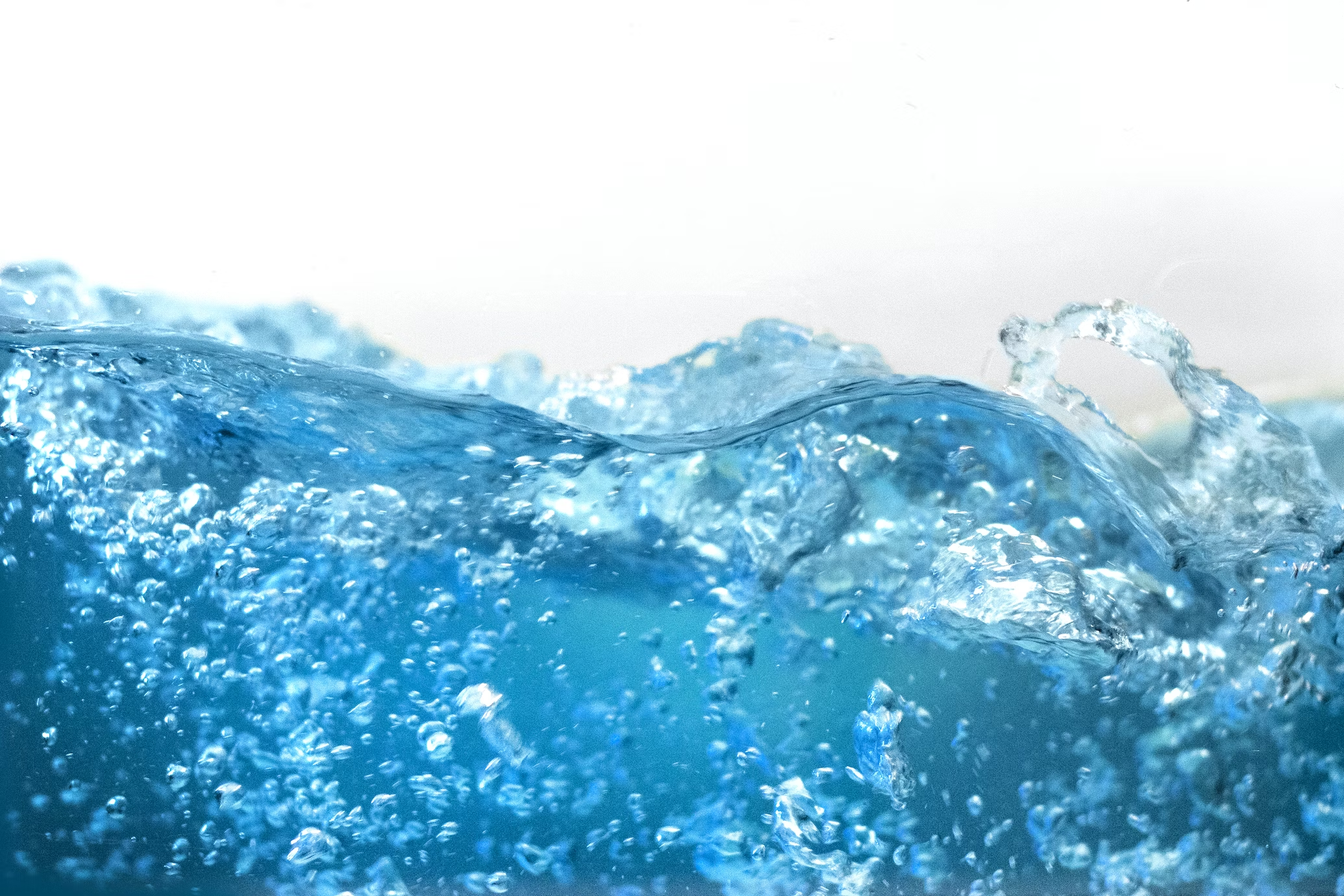
Description
The Surface Water and Ocean Topography (SWOT) mission is poised to revolutionize our understanding of the ocean’s surface, especially at fine scales. Traditional in situ observing systems and satellite altimetry have limitations in resolving oceanic features at fine scales (10-100 km). The new recommendations seek to enhance the in-situ observation systems to validate and complement SWOT’s capabilities, offering a holistic understanding of ocean dynamics.
Impact During the Project
Enhanced Resolution: Recommendations focus on capturing oceanic processes at fine scales, thereby filling a significant gap in our observational capabilities and understanding smaller-scale phenomena like eddies and frontal dynamics.
Optimized Calibration: The in situ observing systems tailored for SWOT validation will ensure that satellite observations are accurate, leading to a globally consistent dataset.
Efficient Oceanographic Campaigns: By focusing on the recovery of hydrodynamic variables during cruises, there’s better utilization of resources, leading to more data-rich oceanographic campaigns.
Impact Post Project
Improved Ocean Circulation Models: With better data on fine scales, ocean circulation and forecast models will become more accurate, benefiting industries like shipping, fishing, and offshore operations.
Enhanced Climate Research: Fine-scale processes in the ocean play a role in larger climate systems. Better observations can lead to refined climate models and predictions.
Global Standard Setting: These recommendations can set the stage for global standards in the validation of future satellite altimetry missions and in situ observations.
Advancement over and above State of the Art
High-Resolution Oceanography: The focus on fine scales (10-100 km) addresses a longstanding challenge in oceanography. By doing so, it delves deeper into the complex interactions and phenomena that previously went unnoticed or unmeasured.
Harmonizing Satellite and In Situ Data: The recommendations are geared towards SWOT mission validation, which means the in-situ observations and satellite data will be in harmony, offering researchers a comprehensive view of ocean dynamics.
Redefining Oceanographic Cruises: Improving the recovery of hydrodynamic variables ensures that every oceanographic cruise is maximized for data collection, optimizing both time and resources.
Pioneering Methodologies: As the SWOT mission represents a leap in altimetry capabilities, designing in situ validation systems for such a mission requires pioneering methodologies, making this a groundbreaking endeavour.
In conclusion, the recommendations set forth represent a holistic approach to understanding our oceans better. By focusing on fine scales and ensuring the best possible validation for the SWOT mission, the endeavour pushes the boundaries of oceanographic research, promising better ocean models, improved climate research, and more efficient use of resources in oceanographic campaigns.
Links and References
Link to D8.9- EuroSea recommendations on RRI in OO: https://eurosea.eu/download/eurosea_d8-9_recommendations_on_implementation_of_rri/?wpdmdl=5618&refresh=650197cd53d931694603213
